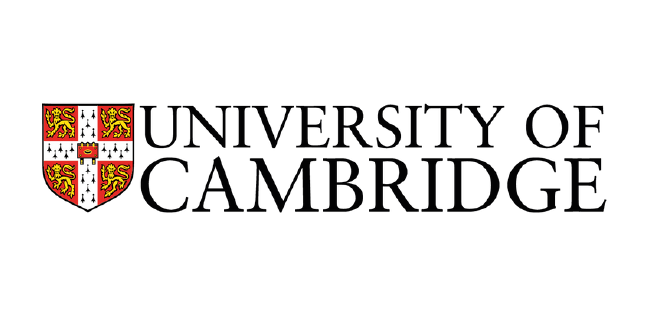Event Introduction
Bioprinting using deterministic chaotic advection
Abstract
Today, tissue engineering evolves exponentially and provides real solutions to create biological models and solve clinical problems. However, we still face challenges that hinder its full potential to generate complex and large-size tissues and organs. Here we present advances in chaotic bioprinting, an additive manufacturing technique that enables the creation of complex biological structures at an unprecedented level of resolution and throughput.
Continuous chaotic printing uses chaotic advection for deterministic and continuous extrusion of fibers with internal multilayered structures. Two or more free-flowing materials are coextruded through a printhead containing a miniaturized Kenics static mixer (KSM) composed of multiple helicoidal elements. This produces a fiber with a well-defined internal multilayer microarchitecture at high-throughput (>1.0 m min-1). The number of mixing elements and the printhead diameter determine the number and thickness of the internal lamellae, which are generated according to successive bifurcations that yield a vast amount of inter-material surface area (~102 cm2 cm-3) at high resolution (~10 µm). This creates a new opportunity to produce structures with extremely high surface area to volume (SAV). Comparison of experimental and computational results demonstrates that continuous chaotic 3D printing is a robust process with predictable output. The simplicity and high resolution of continuous chaotic printing strongly supports its potential use in novel applications.
Here, we illustrate the application of continuous chaotic bioprinting into the fabrication of complex multi-layered bacterial microcosmoi. We demonstrate that the degree of resolution achieved within these constructs can be finely controlled up to the range of a few microns of separation between layers and that the degree of interface between bacterial layers greatly matters for competition.
We also demonstrate the application of tissue-like structures in which living layers of muscle cells evolve into a coherent segment of muscle. Lumina can be easily built into these constructs by using a combination of sacrificial and permanent inks and a multi-port modification to the chaotic printhead.
We are currently exploring more applications of chaotic printing into tissue engineering such as the fabrication of vascularized cancer models, and multi-cell type tissue-like architectures where distinctive mammalian cell layers share a high amount of common interface.
Different fields, outside biosciences and technologies, are also in pursuit of simple and robust ways to create multilayered and multi-material structures to attain functionalities that monolithic materials do not exhibit. We envision that chaotic printing may be applied to technological scenarios such as the fabrication of batteries, superconductors, super catalytic surfaces, and 3D microfluidic reactors.
About the speaker
Dr. Grissel Trujillo de Santiago is a Professor at the School of Engineering and Sciences at Tecnológico de Monterrey. She was trained as a Chemical Pharmaceutical Biologist at Universidad Autónoma de Nuevo León (summa cum laude); she obtained her MSc degree in Biotechnology (summa cum laude) from Tecnológico de Monterrey; and she received her PhD degree in Biotechnology from Tecnológico de Monterrey. Dr. Trujillo de Santiago conducted research in Material Sciences at the Università degli Studi di Napoli Federico II (Naples, Italy) during her PhD program. She was a Postdoctoral Research Fellow at Dr. Khademhosseini’s Lab in the Harvard-MIT Health Sciences and Technology Division (2014-2016) and the Microsystems Technology Laboratories at MIT.
Dr. Trujillo is a member of the National System of Researchers in Mexico (level 1). She has published 50 papers in indexed international journals, has been granted a Mexican patent, and has more than forty participations in international conferences. She has graduated 11 master-degree students and 1 PhD student. She was a recipient of the For Women in Science Award from the L’Oreal-UNESCO-AMC-CONACyT foundation in 2019. She was named “Distinguished Citizen” by her hometown, Matamoros Coah., and is a member of the “Distinguished Circle of Faculty Members” of the School of Engineering and Sciences.
Her main area of interest and expertise is the design of biomaterials and biofabrication technologies for Tissue Engineering applications. Dr. Trujillo de Santiago research is currently focused in the development of novel platform-technologies based in chaos to produce multilayered complex 3D micro-structured living tissues.
The Leads
Speakers and Invites

Grissel Trujillo de Santiago
Tec de Monterrey







